I want a barplot based on the number of occurrences of a string in a particular column in a dataset in r.
At the same time, I want to run a t-test and plot the significant p-values using stars on the top of the bars. The nonsignificant can be represented as ns.
My attempt has been:
barplot(prop.table(table(ttcluster_dataset$Phenotype)),col=clustercolor,border="black",xlab="Phenotypes",ylab="Percentage of Samples expressed",main="Sample wise Phenotype distribution",cex.names = 0.8)
The dataset column is:
ttcluster_dataset$Phenotype<-
structure(c(1L, 1L, 1L, 1L, 1L, 1L, 1L, 1L, 1L, 1L, 1L, 1L, 1L,
1L, 1L, 1L, 1L, 1L, 1L, 1L, 1L, 1L, 1L, 1L, 1L, 1L, 1L, 1L, 1L,
1L, 1L, 1L, 1L, 1L, 1L, 1L, 1L, 1L, 1L, 1L, 1L, 1L, 1L, 1L, 1L,
2L, 2L, 2L, 2L, 2L, 2L, 2L, 2L, 3L, 3L, 3L, 3L, 3L, 3L, 3L, 3L,
3L, 3L, 3L, 3L, 3L, 3L, 3L, 3L, 3L, 3L, 3L, 3L, 3L, 3L, 3L, 3L,
3L, 3L, 5L, 5L, 5L, 5L, 5L, 5L, 5L, 5L, 5L, 5L, 5L, 5L, 5L, 5L,
5L, 5L, 5L, 5L, 5L, 5L, 5L, 5L, 5L, 5L, 5L, 5L, 5L, 5L, 5L, 5L,
5L, 5L, 6L, 6L, 6L, 6L, 6L, 6L, 7L, 7L, 7L, 7L, 7L, 7L, 7L, 7L,
7L, 7L, 7L, 7L, 7L, 7L, 7L, 7L, 7L, 7L, 7L, 7L, 7L, 7L, 7L, 7L,
7L, 7L, 7L, 7L, 7L, 7L, 7L, 7L, 7L, 7L, 7L, 7L, 7L, 7L, 7L, 7L,
7L, 7L, 7L, 7L, 8L, 8L, 8L, 8L, 8L, 8L, 8L, 8L, 8L, 8L), .Label = c("Proneural (Cluster 1)", "Proneural (Cluster 2)", "Neural (Cluster 1)", "Neural (Cluster 2)",
"Classical (Cluster 1)", "Classical (Cluster 2)", "Mesenchymal (Cluster 1)",
"Mesenchymal (Cluster 2)"), class = "factor")
All suggestions shall be apprciated.
